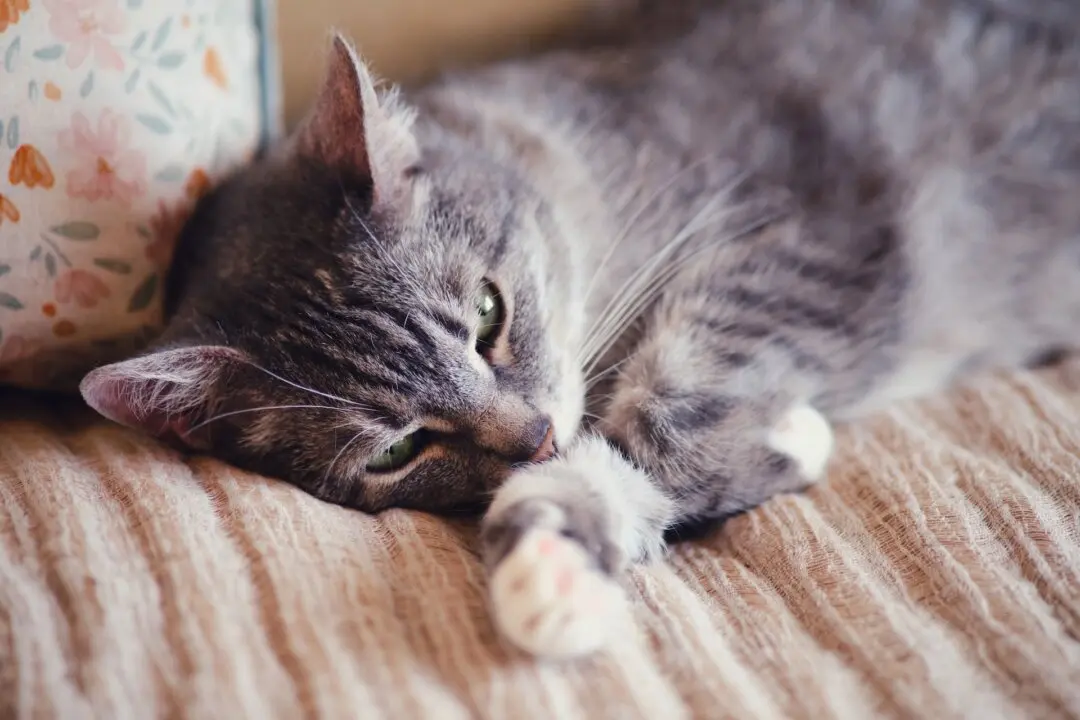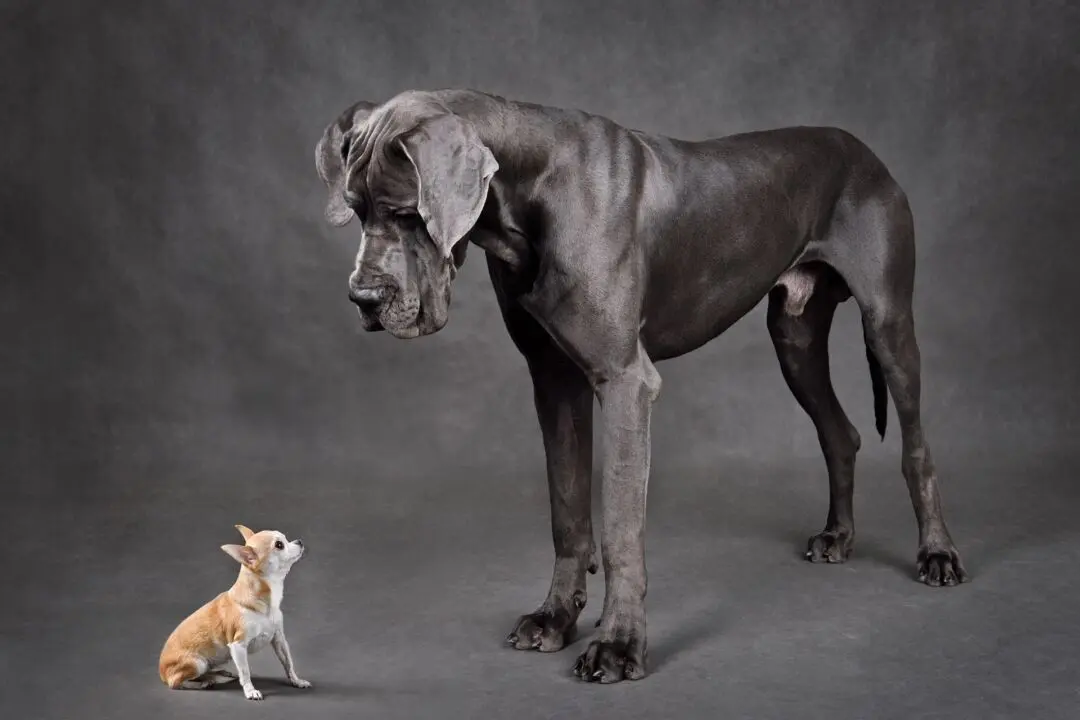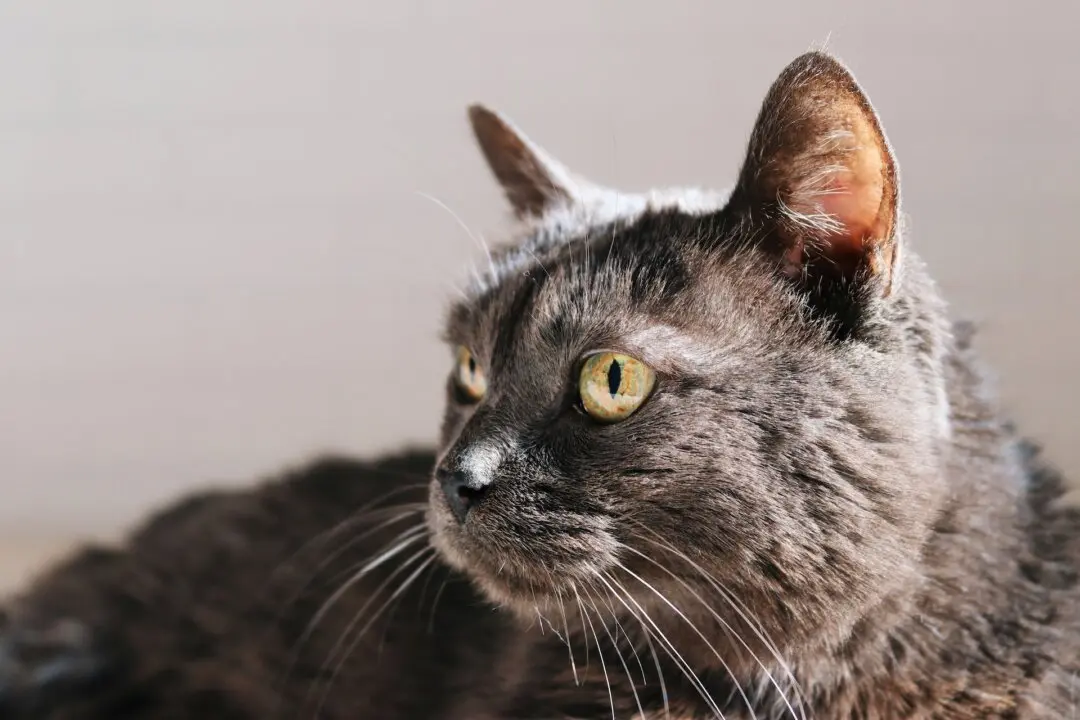Q: Our Yorkshire terrier Bentley has a dry, honking cough. His veterinarian said he has a collapsing trachea and recommended we walk him on a harness rather than a neck collar to take the pressure off his throat.
Is there anything else we can do to minimize his coughing and help him catch his breath? Please tell us more about this condition.





